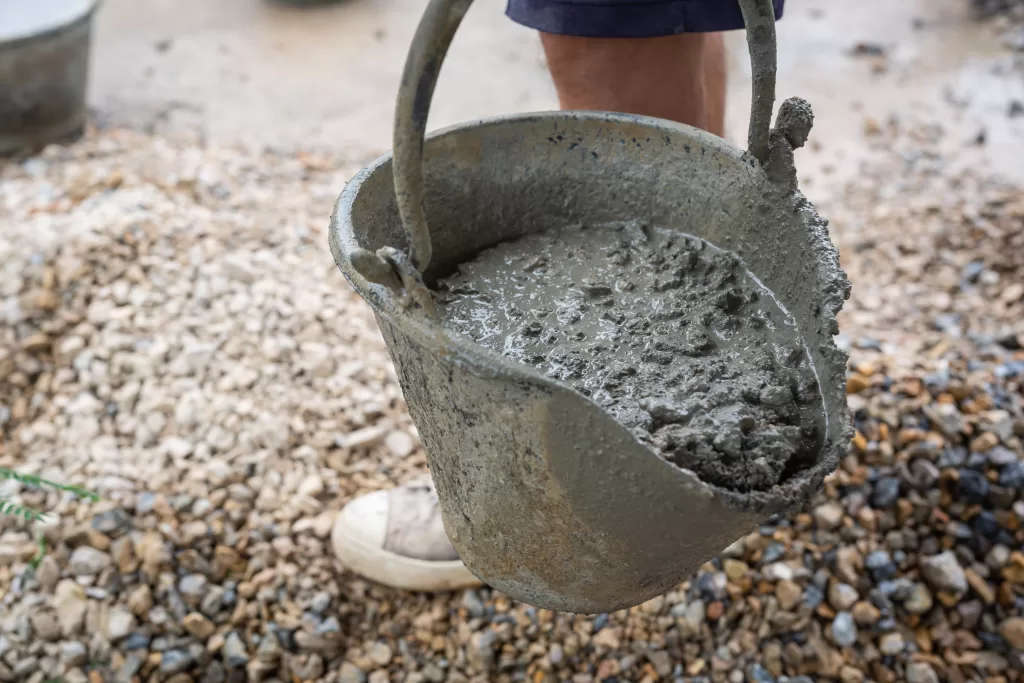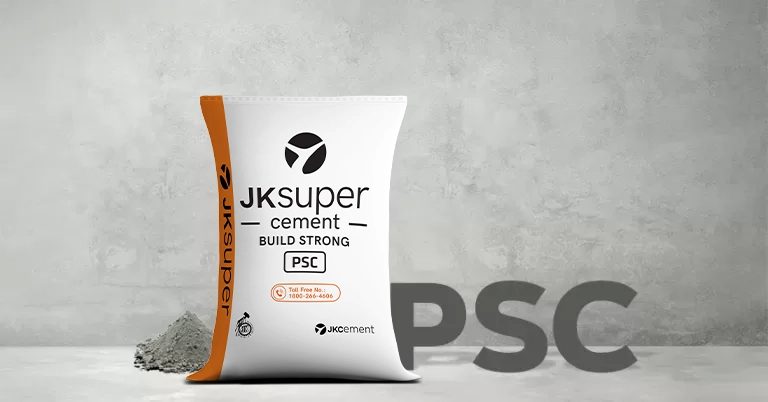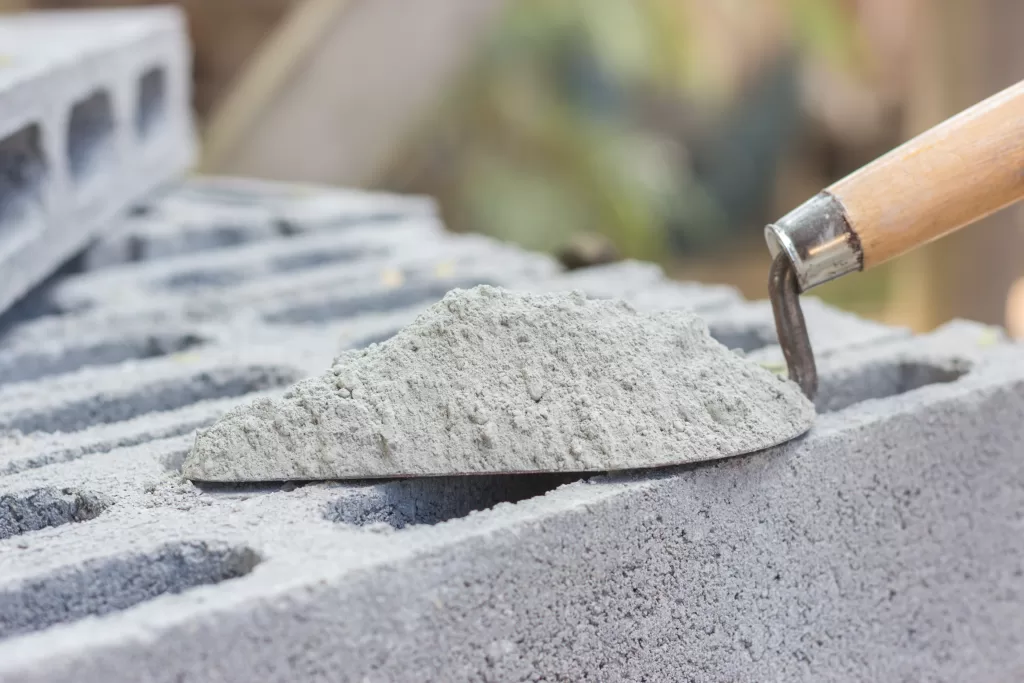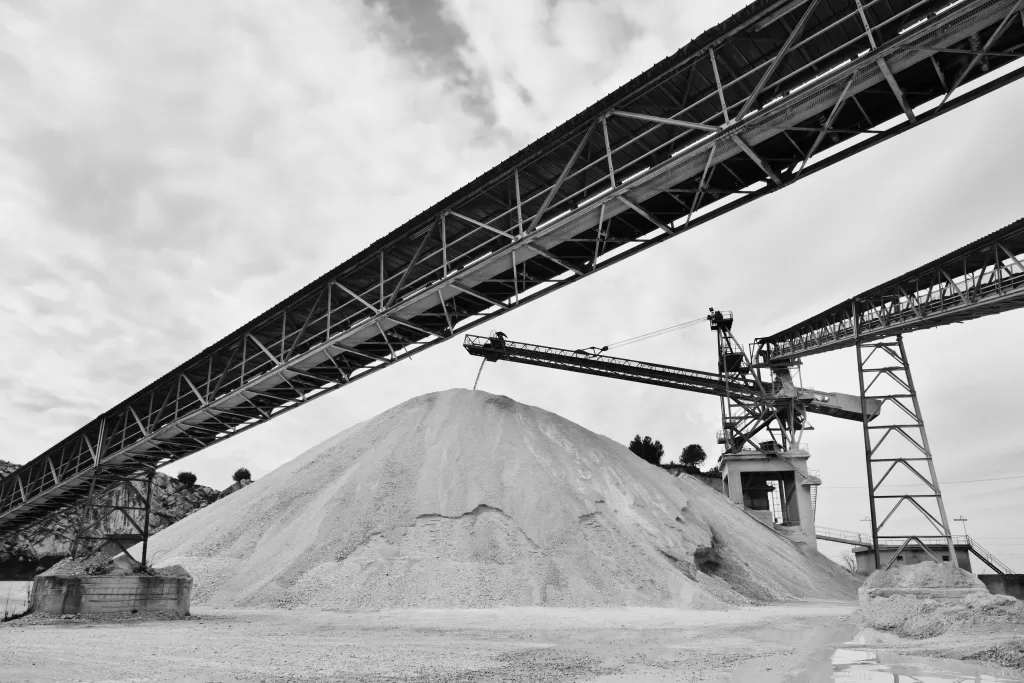With limitless possibilities in modern architecture every structure has its own design requirements. To fulfil these requirements, concrete serves as a foundational element. Hence, various grades of concrete are available, each with distinctive characteristics. In this article, you can get information on M10 grade of concrete.
What is M10 concrete mix ratio?
Concrete mix ratio refers to the proportions of concrete components, viz., cement, sand, aggregates and water.
M10 is a grade of concrete. A concrete’s grade is its compressive strength at day 28 of curing. M10 concrete means that the compressive strength of concrete on day 28 is 10 N/mm2.
M10 concrete’s ratio is 1:3:6, i.e., 1 part cement, 3 parts sand and 6 parts coarse aggregates.
Key components of M10 concrete
A typical concrete mixture comprises the following:
Cement:
Cement is made from processing limestone, clay, chalk, shale, etc. It acts as a binder in the concrete mix.
Coarse and fine aggregates:
Aggregates such as gravel, crushed stone, and sand are considered inert fillers, accounting for 70 to 75% of the volume of concrete. Aggregates contribute to the density and cohesion of the concrete mix for better volume stability.
Admixtures:
Additional materials are added to modify concrete mix specific properties. Several admixtures are used per the Indian Standard (IS: 9103-1979):
Accelerating admixtures
Retarding admixtures
Water-reducing admixtures
Air-entraining admixtures
Water:
Potable water is suitable to mix concrete. The presence of impurities in water can lead to decreased structural strength.
What is the procedure for proportioning M10 concrete mix
Making a concrete mix involves determining the proportion of concrete components viz., cement, aggregates, admixtures, and water. This evaluation is done to ascertain the desired compressive strength, workability, and durability after 28 days (about 4 weeks) of curing. Here are the steps involved to make concrete mix design:
Calculate the target strength for mix proportioning
Target average strength (f’ck) can be determined with the following formula:
f’ck= fck + 1.65s
Where,
- f’ck = average target compressive strength at 28 days.
- fck = characteristic compressive strength at 28 days.
- s = Standard deviation
- 1.65 = statistical value depending on the accepted proportion of low results and the number of tests.
Selection of water-cement ratio
Different types of cementitious material and aggregates of different sizes, grading, surface texture, shape, etc., can produce concrete with different compressive strengths for the same ratio of water and cement. The water content in the concrete impacts its strength, durability and workability. The details of the required water-cement ratio are stated in Table 5 of IS 456:200.
Selection of water content
Aggregate size, shape and texture, cement and other supplementary cementitious material type and content, chemical admixture and overall environmental conditions impact the water content of concrete. An increase in aggregate size, use of rounded aggregates, reduction in water-cement ratio and slump and addition of water-reducing admixtures in the concrete will require less water. Whereas, increase in temperature, cement, slump and aggregate angularity and decrease in the coarse-fine aggregate proportion will require more water.
Calculation of cement content
It can be calculated from the previously obtained quantity of water per unit volume of concrete and the water-cement ratio. The calculated cement content should be checked against the maximum cement content recommendations per IS 456:2000.
Estimation of aggregate content
A concrete mixture comprises both coarse and fine aggregates in varying proportions, depending on the grade of concrete, and the overall requirements for the concrete structure. Aggregates of the same nominal maximum size, grading and type results in a concrete mixture that provides adequate workability when a certain specific volume of coarse aggregate per unit volume of the total aggregate is used.
Determining water content and fine-to-aggregate ratio
To achieve the desired workability, mixing water per unit volume of concrete and the ratio of fine aggregate (sand) to total aggregate by absolute volume are to be estimated.
Factors affecting M10 concrete mix
Several factors influence the M10 concrete mix ratio, including desired strength, exposure conditions, availability of materials, project specifications, and construction requirements. The water-cement ratio is a critical factor as it directly affects the concrete’s workability, strength, and durability. A lower water-cement ratio results in higher strength but reduces workability.
Workability refers to the ease with which newly mixed concrete can be placed and compacted using the available equipment at the site. Slum tests are widely used to measure the workability of concrete. Workability must be appropriately determined for the strength and fluidity to be suitable for placing, curing and compaction.
M10 grade concrete applications
M10 grade concrete is a low-strength concrete mix used for non-structural applications. The M10 grade concrete fulfils the moderate strength requirements for the following:
- Pavements and driveways to support pedestrians and light vehicles
- For interior flooring of residential and commercial areas with moderate loads
- Levelling bed for laying floor tiles, stones, or other flooring materials due to its flat and stable surface
Consideration for successful M10 concrete mixing
Here’s what you need to keep in mind when mixing M10 concrete:
Water-cement ratio:
Adding too much water can weaken the concrete, while insufficient water can lead to poor workability. Therefore, it is essential to measure the water content correctly to ensure structural strength.
Proportioning:
Proportioning of cement, aggregates, and water is crucial for achieving specified concrete mix. Ensure you weigh the constituents and use proper weighing equipment to adhere to the specified mixed proportions.
Concrete placement:
Improper concrete placement can lead to segregation, honeycombing or cavities, and inadequate compaction. Use appropriate techniques such as vibration, tamping, or pouring in layers to ensure proper compaction.
Provide strength and durability to your concrete structures with cement from JK Cement.
FAQs
What does the M in M10 concrete mix ratio stand for?
M stands for ‘Mix’ in M 10, whereas ‘10’ refers to the compressive strength of the concrete mix in MegaPascal (MPa).
What is fck in concrete?
Fck represents the characteristic strength of concrete. Characteristic strength of concrete is defined as the strength of concrete where not more than 5% of test results are expected to fall. It is calculated using the following equation: fck= (target mean strength) – (statistical constant * standard deviation).
Can M10 grade concrete be used for structural elements?
No, it cannot. M10 grade concrete is unsuitable for structural elements or applications requiring a higher load-bearing capacity. Higher-grade concrete mixes with greater strength are preferred for structural purposes, such as M30 or higher.














